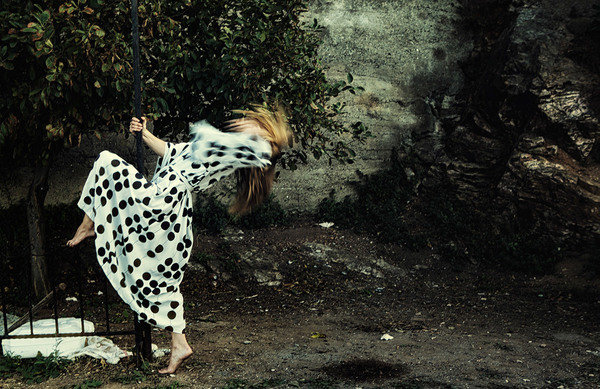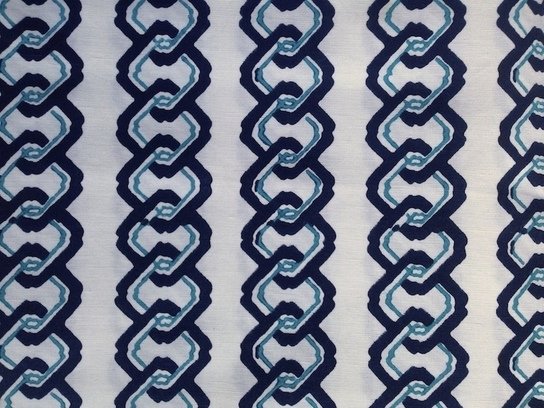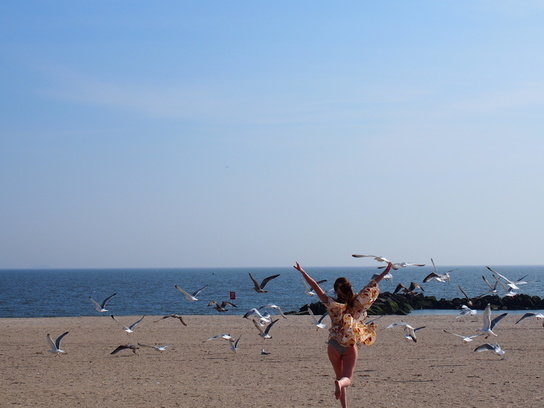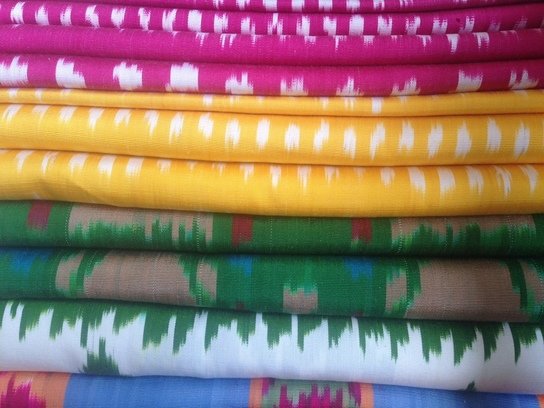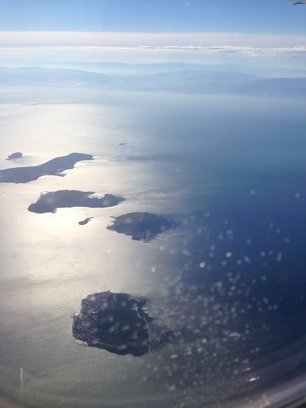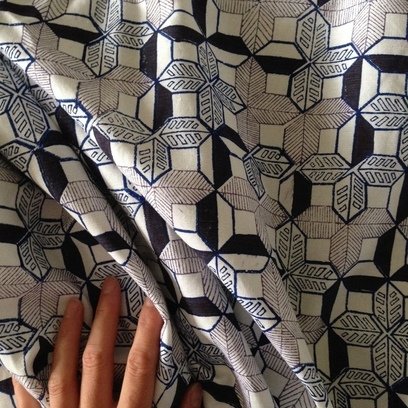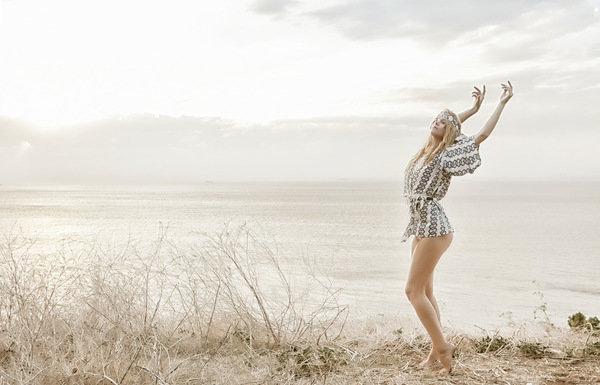THE HOURGLASS
Conversations :
Clare Louise Frost
December 6, 2017
1. JUDITH PUCKETT-RINELLA: How did you get into textile design?
CLARE LOUISE FROST: As children, we were lucky to have real clothes in our dress up collection, clothing that had been my great aunts' or grandmothers'. These pieces were made with great fabrics, made with love, with hand stitched details. One of my favorite dress’ to play dress up in is now sitting in my closet. It’s handwoven Guatemalan fabric made into a very smart shift dress and an elbow length jacket by a dressmaker in San Francisco. My other grandmother was an amazing sewer with every detail so carefully done finishing off outfits with cloth-covered buttons and hand-stitching. I was so lucky to inherit her sewing machine she made all of her creations on.
2. JPR: What is your earliest memory as a child that was a catalyst of why you do what you do today?
CLF: I always made clothing for my trolls – cutting necklines and sleeve holes out of old socks, creating little sleeves and decorating the outfits with trim and buttons. I have always been in vintage clothes. Wherever we went on family vacation, I’d look in the yellow pages for vintage and thrift stores. In maritime, Canada, I found a pair of 1938 open-toe pumps in perfect condition but were only a size 5 and a half. They were so pretty I had to have them. I put them on my dresser and used them to hold my bracelets and lip balm. I was always interested in the superior craft of older clothing, zippers, fabrics, knitwear, finishes – such creativity with shapes and colors. I still have pieces I wear from my teenage years that are still in amazing condition.
3. JPR: Why kimonos?
CLF: When my grandfather passed away, I got all of his ties and a kimono, which I assumed had been my long-deceased grandmother's. It turned out to have been his, a gift from my uncle who went on a trip to Japan. I loved imagining him wearing it, talking to his dog, and drinking a martini. My first kimono collection, Blue Chain, was inspired by the cut, the amount of fabric and graphic print on my grandfather’s kimono. I love traditional clothing - fabric was handmade and therefore not as expendable as fabric can be in our times. When garments are hand-sewn, stitching was at a premium. I love this legacy, believe that clothing should last, and be special.
4. JPR: Where did your inspiration come from for the special Whisper Edition?
CLF: I love the sea. I did not grow up going to the beach but I’m drawn to it. I feel salt water cures all things and feel very cut off without a constant dose of the smell of salty air. Istanbul is a city on the water. There is salt water everywhere. In Istanbul, I was lucky to live on an island, and I feel very much an islander. When you live on the sea, you live in big sky country, and you can read the weather, the sky, the water. You get to know the moods of the sea, the time of day for smooth seas or rough, which side of the island is best for swimming at which time of day or the southern wind winter storm sea. The Islands kimono is a love letter to the sea, the islands are all islands. We are all islanders, in our seas, our islands are our fantasies. My goal in life is to go back to the sea, to the big sky.
